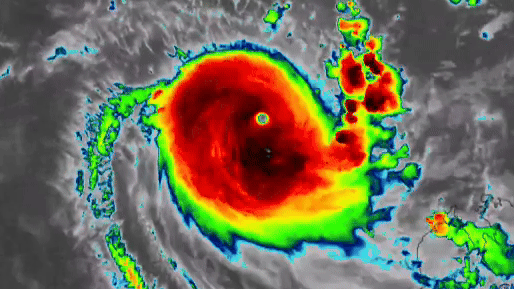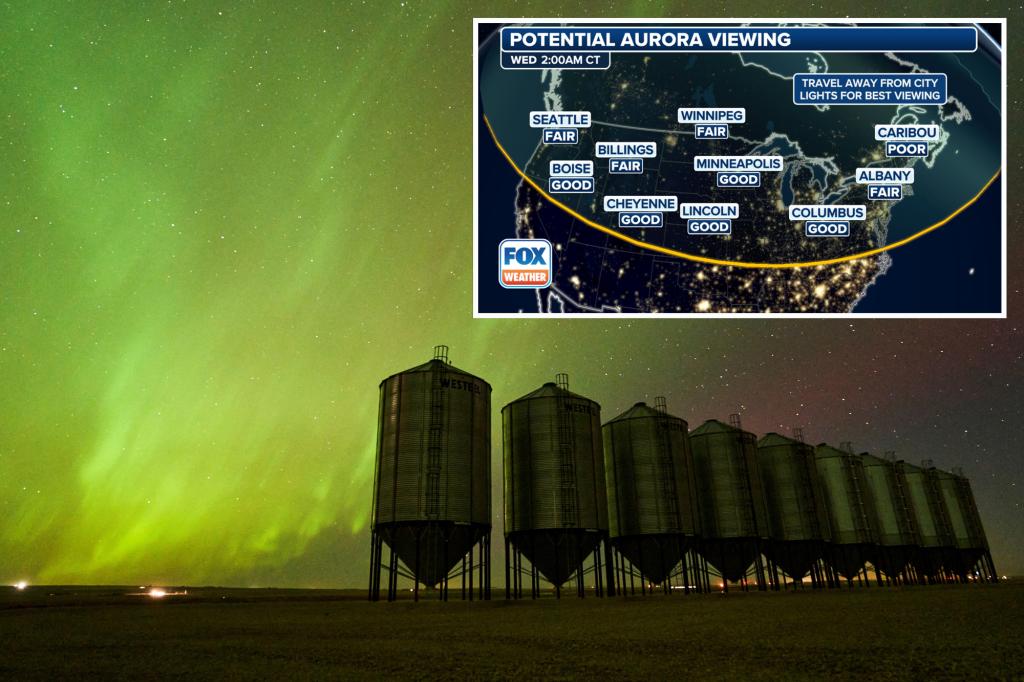The Los Angeles Fires: A Harbinger of Our Uninsurable Future?
As wildfires rage through Los Angeles, the implications of climate change on insurability come into sharp focus. The recent fires in California are not merely local disasters; they symbolize a growing trend that poses serious questions about the future of insurance in areas prone to natural disasters. This article delves into how escalating natural disasters, particularly wildfires, are reshaping the insurance landscape and what this means for homeowners, businesses, and the broader community.
Understanding the Impact of Wildfires on Insurability
The Los Angeles fires have become a recurrent summer nightmare, exacerbated by climate change and urban development. These fires are fueled by a combination of dry conditions, high winds, and the ever-increasing temperatures that characterize California’s summers. As the frequency and intensity of these wildfires rise, so too do the challenges for the insurance industry.
Insurance is fundamentally about risk management. When assessing risk, insurers look at historical data, environmental factors, and potential future trends. The unpredictability of wildfires makes it difficult for companies to calculate risk accurately. As such, many insurers are reconsidering their policies in high-risk areas.
The Rising Cost of Insurance
One of the most immediate effects of the Los Angeles fires is the skyrocketing cost of insurance premiums. Homeowners in fire-prone areas are seeing their premiums increase significantly, with some facing hikes of up to 20% or more annually. Insurers argue that these increases reflect the rising costs associated with payouts for damages caused by wildfires.
- Increased Risk Assessment: Insurers are using advanced modeling techniques to assess the risk of wildfires. These models take into account factors such as vegetation density, proximity to urban areas, and historical fire data.
- Reinsurance Market Changes: The reinsurance market is also feeling the heat. With reinsurers facing larger claims, they are adjusting their pricing models, which in turn affects primary insurers.
- Policy Coverage Limitations: Some insurers are limiting coverage or excluding fire damage altogether for high-risk areas, leaving homeowners vulnerable.
Insurance Companies Pulling Out
The implications of the Los Angeles fires extend beyond rising premiums. Many insurance companies are choosing to exit markets they deem too risky. This withdrawal is particularly pronounced in areas severely affected by wildfires, where the likelihood of claims outweighs the profit potential.
For residents, this means limited options for obtaining insurance. In some cases, homeowners are forced to turn to the California FAIR Plan, a state-sponsored program that provides basic fire coverage. However, this plan does not offer comprehensive coverage, leaving many homeowners at risk of financial devastation in the event of a wildfire.
The Burden on Homeowners
The repercussions of the changing insurance landscape are felt most acutely by homeowners. Many are now in a precarious position, facing the dual challenges of increasing premiums and limited coverage options.
- Financial Strain: High insurance costs can strain budgets, forcing families to make tough financial decisions.
- Property Values: As insurance becomes harder to obtain, property values in high-risk areas may decline, leading to a downward spiral for communities.
- Increased Risk of Underinsurance: Homeowners may opt for lower coverage limits to save on premiums, which can lead to devastating financial consequences if disaster strikes.
Climate Change: The Bigger Picture
The Los Angeles fires are a symptom of a larger problem: climate change. As global temperatures rise, the conditions that lead to wildfires become more prevalent. The interrelationship between climate change and wildfires creates a feedback loop that exacerbates both issues.
According to scientists, we can expect the frequency and intensity of wildfires to continue increasing, making it crucial for policymakers, insurers, and communities to adapt. Some factors contributing to this trend include:
- Increased Temperatures: Rising temperatures create drier conditions, making vegetation more susceptible to igniting.
- Urban Development: Expanding communities into fire-prone areas increases the potential for catastrophic losses.
- Forest Management Practices: Historical forest management practices, such as fire suppression, have led to denser vegetation, which can fuel wildfires.
Innovative Solutions for a Sustainable Future
As the insurance landscape shifts, innovative solutions are emerging to address the challenges posed by wildfires. These initiatives aim to create a more sustainable future for affected communities and the insurance industry alike.
- Enhanced Risk Mitigation: Communities are investing in fire prevention measures, such as controlled burns and vegetation management, to reduce overall risk.
- New Insurance Models: Insurers are exploring new models based on community risk management, where premiums are tied to the effectiveness of local fire prevention efforts.
- Technology and Data Analytics: Advances in technology allow for better prediction and management of wildfires, helping both insurers and homeowners prepare.
Conclusion: Preparing for an Uninsurable Future
The Los Angeles fires serve as a stark reminder of the fragility of our environment and the urgent need for adaptive strategies in the face of climate change. As we navigate the complexities of insurability in an era marked by increasingly frequent natural disasters, it is vital for homeowners, businesses, and policymakers to work together.
While the challenges are significant, there is also an opportunity for innovation and resilience. By embracing new technologies, improving community preparedness, and fostering sustainable practices, we can mitigate the risks associated with wildfires and ensure a more secure future for the communities affected by these devastating events.
As we look ahead, the question remains: How will we adapt to the reality of our changing climate? The answers will shape the insurance landscape and, ultimately, our collective future.
See more Your Daily Weather



